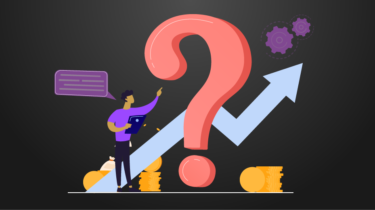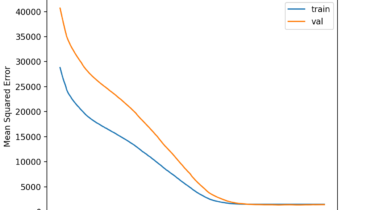Local Optimization Versus Global Optimization
Optimization refers to finding the set of inputs to an objective function that results in the maximum or minimum output from the objective function. It is common to describe optimization problems in terms of local vs. global optimization. Similarly, it is also common to describe optimization algorithms or search algorithms in terms of local vs. global search. In this tutorial, you will discover the practical differences between local and global optimization. After completing this tutorial, you will know: Local optimization […]
Read more


